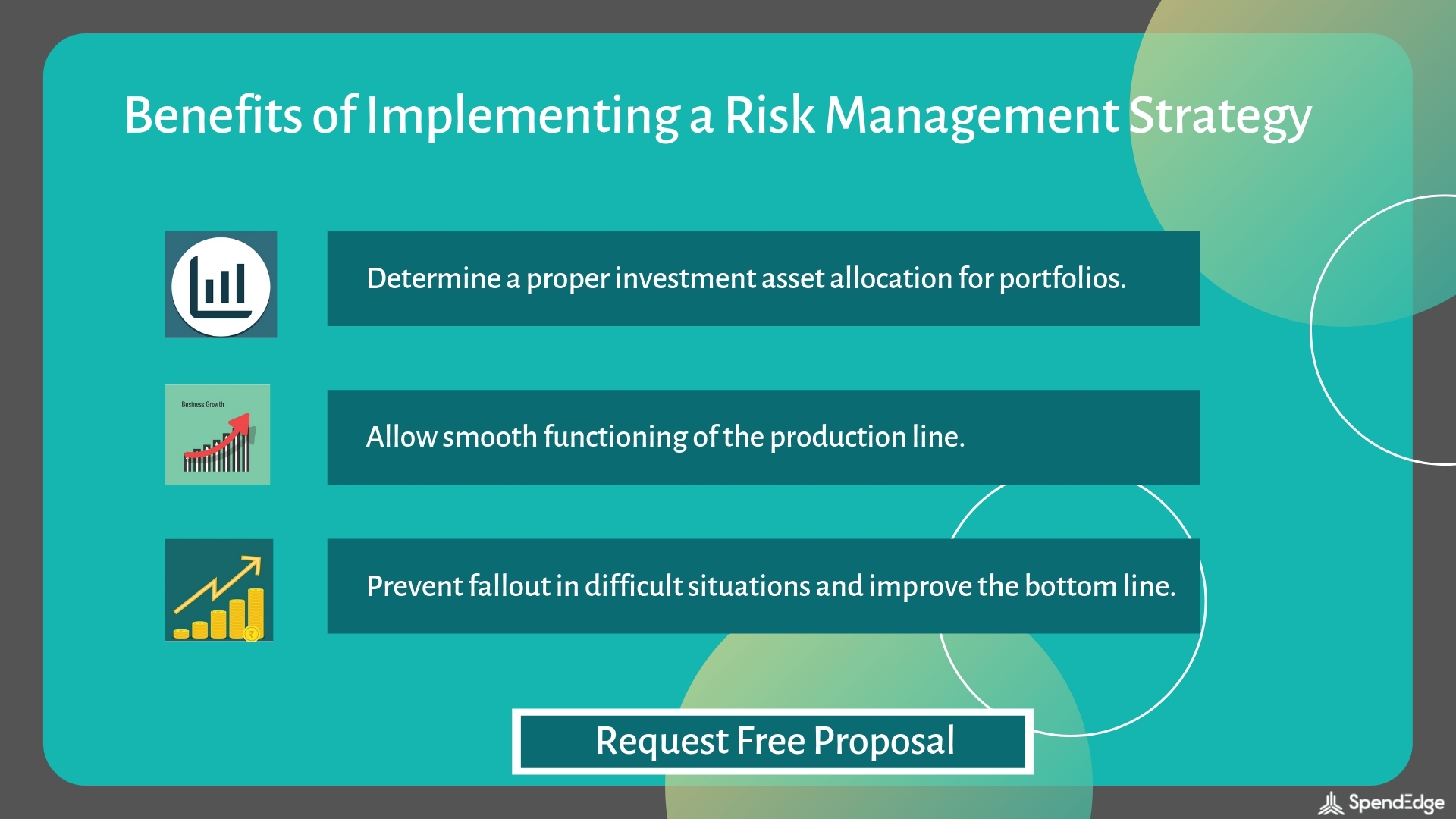How the Importance of Risk Management Drives Successful Project Outcomes
How the Importance of Risk Management Drives Successful Project Outcomes
Blog Article
The Value of Comprehending the Value of Risk Management in Various Industries

The Core Concept of Risk Management and Its Function
Risk Management, the cornerstone of several sectors, pivots on the recognition, evaluation, and mitigation of unpredictabilities in an organization setting. By appropriately identifying possible threats, services can create methods to either protect against these risks from happening or decrease their effect. As soon as dangers have been identified and reviewed, the mitigation process includes creating techniques to minimize their prospective influence.
Benefits of Implementing Risk Management in Service Operations

Introducing the Function of Risk Management in Different Industries
While every sector challenges its special set of dangers, the execution of Risk Management strategies stays an usual denominator in their quest of sustainability and development. In the healthcare market, Risk Management requires guaranteeing person security and information security, while in finance, it entails mitigating financial investment risks and making certain governing compliance (importance of risk management). Construction companies concentrate on worker safety, project hold-ups, and budget overruns. In the technology market, firms reduce cybersecurity threats and innovation obsolescence. Inevitably, the function of Risk Management throughout industries is to identify, examine, and mitigate threats. It is an essential component of critical planning, making it possible for companies to protect their possessions, take full advantage of possibilities, and attain their objectives.
Real-life Study Demonstrating Effective Risk Management
To recognize the significance of Risk Management in these numerous markets, one can look to several real-life circumstances that illustrate the effective application of these measures. Toyota, upload the 2011 earthquake in Japan, changed its supply chain Management to reduce disruption dangers. These click to investigate instances show how markets, finding out from crises, efficiently used Risk Management strategies to decrease future dangers.
Future Fads and Developments in Risk Management Methods
Cybersecurity, when a peripheral worry, has actually catapulted to the center of Risk Management, with techniques focusing on Home Page feedback, discovery, and prevention. The combination of ESG (Environmental, Social, Governance) variables into Risk Management is another expanding trend, mirroring the boosting recognition of the role that environmental and social dangers play in business sustainability. Therefore, the future of Risk Management exists in the fusion of innovative innovation, ingenious techniques, and a holistic strategy.
Final thought
In final thought, recognizing the relevance of Risk Management throughout a spectrum of markets is critical for their longevity and prosperity. Ultimately, successful Risk Management contributes to extra resistant and lasting organizations, highlighting the significance of this practice in today's highly competitive and vibrant company atmosphere.
While every industry faces its unique collection of risks, the execution of Risk Management approaches continues to be an usual in their quest of sustainability and growth. In the healthcare sector, Risk Management entails guaranteeing client security and data defense, while in money, it includes mitigating investment risks and making certain governing conformity. Ultimately, the role of Risk Management across markets is to determine, examine, and mitigate threats. These cases show just how sectors, finding out from situations, properly applied Risk Management approaches to decrease future threats.

Report this page